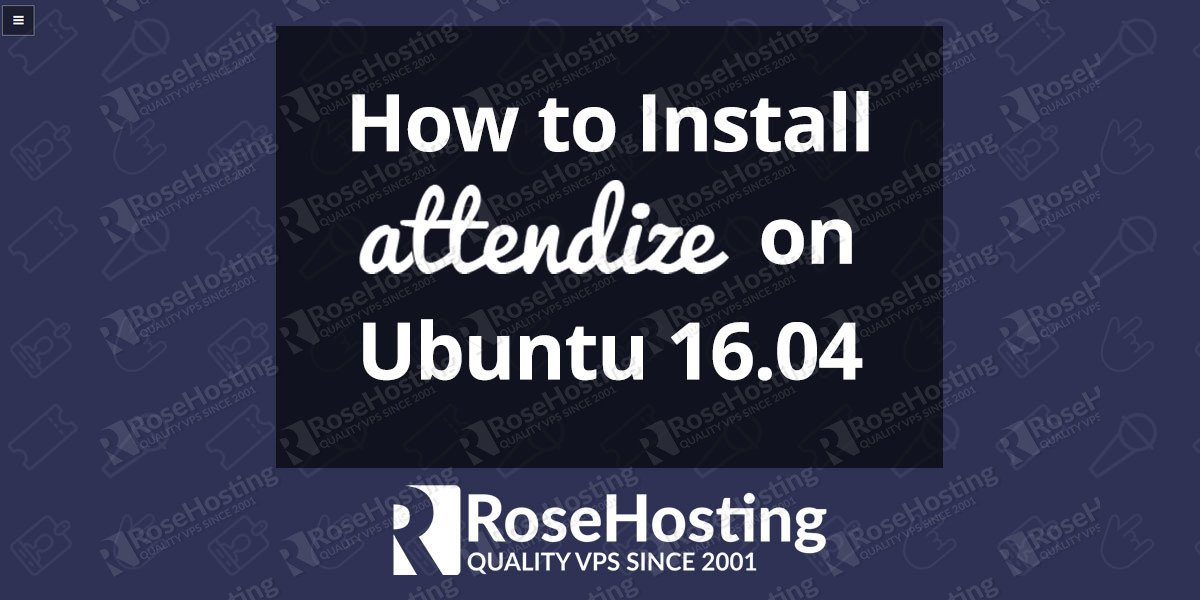We’ll show you, how to fix HTTP errors in WordPress, on a Linux VPS. Listed below are the most common HTTP errors in WordPress, experienced by WordPress users, and our suggestions on how to investigate and fix them.
How to Install Joomla 3 on Debian 9
We’ll show you, How to Install Joomla 3 on Debian 9. Joomla is on of the most popular free and open-source CMS (Content Management System) that allows you to easily create and manage dynamic websites. It is written in PHP, and it can store its data in either MySQL or PostgreSQL database. In this tutorial, we will show you how to install Joomla 3 on Debian 9 using LAMP (Linux, Apache, MariaDB, PHP). Installing Joomla 3 on Debian 9, is easy and should take less then 10 minutes.
How to Create and Delete User on Ubuntu 16.04
We will show you how to create and delete a user on Ubuntu 16.04. By default, when your server is created for the first time, only a root user account is created. This root account has access to all the files and commands on the system. But having too many privileges and running as root user is not always recommended and if you are not careful enough can be destructive for your system. That’s why it is recommended to create additional users with limited privileges for your most common tasks. A new user account should also be created for any other user that will be using your server. Additionally, you can also give those users root privileges when necessary through the sudo command.
How to Install Attendize on Ubuntu 16.04
We will explain how to install Attendize on Ubuntu 16.04, with MariaDB, PHP-FPM and Nginx. Attendize is an open-source ticket selling and event management platform written in PHP on top of the Laravel framework. This guide should work on other Linux VPS systems as well but was tested and written for an Ubuntu 16.04 VPS. Installing Attendize on Ubuntu 16.04, is easy task if you carefully follow the steps bellow
Ubuntu Add User to Sudoers

How to Install Moodle on Ubuntu 16.04
Step-by-step Installation Guide on how to Install Moodle on Ubuntu 16.04. Moodle (acronym of Modular-object-oriented dynamic learning environment’) is a free and open source learning management system built to provide teachers, students and administrators single personalized learning environment. Moodle is built by the Moodle project which is led and coordinated by Moodle HQ.
How To Install Git on CentOS 7


Difference Between IMAP and POP
We’ll explain the difference between IMAP and POP. If you are using email services then you have certainly come across the terms POP and IMAP. But, do you know exactly what they mean and which one you need to choose when configuring your local email client? We will tell you the key differences between IMAP and POP so you will be able to choose the right option.






